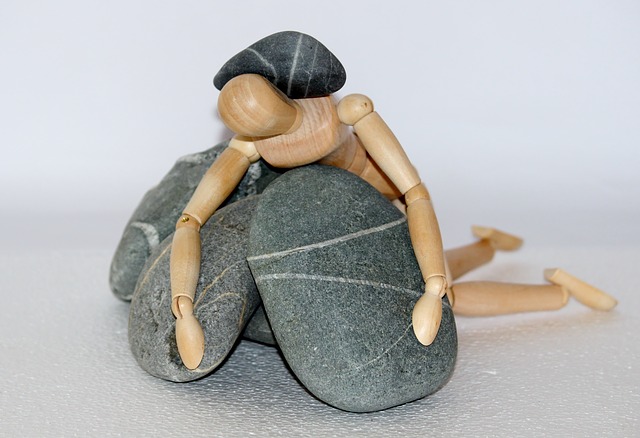The best way to be sure of the quality of one’s medicinal plants is to cultivate them oneself! If you have a garden, a terrace or even a little corner on your balcony, you can get started there, as certain plants grow perfectly well in a window box or in a pot. Oh yes, natural health right on your doorstep, it’s possible !
100% organic quality
The seeds of many aromatic and medicinal plants can be bought in nurseries. Certain well known brands propose organic seeds. If you find them, do not hesitate: it’s a mark of quality.
Fennel
- The seeds, yellowish-green, should be sown in lines. They take well in light soil with plenty of sunlight.
- Set aside a good-sized space (about a foot and a half). When the plants start to sprout, keep only the most vigorous, which you will transplant 6 to 7 inches apart.
- When the stalks become thick, make a little mound of dirt at the base of the plant to protect it. The bulbs can be harvested all summer long; they are delicious in salads.
- In phytotherapy, the seeds are used. For that, it is necessary to let the plant grow until it produces a flower, then harvest the seeds while they are mature. Dry them in the shade.
- Medicinal virtues : Fennel is easily digestible. It appeases stomach aches. It is also lightly diuretic, fortifying and stimulating. One can also use a decoction for gargling with for a sore throat.
Thyme
- Whether it’s ordinary thyme, wild thyme or oregano, the cultivation is the same. The seeds, small and reddish, should be very lightly covered after the sowing. Thyme likes dry and a little stony earth and plenty of sun.
- When the first plants start to come up, clear them up by leaving at least 2 inches between them.
- Thyme can also be transplanted by separating the already existing clumps of roots.
- The plant is fully mature in September, but one can harvest it all year long for cooking and health.
- Medicinal virtues : Thyme is easy to digest and antiseptic. A treatment of thyme before the winter guarantees against colds all year.
Parsley
- Because it is so commonly used, we forget that parsley is also a real medicinal plant. It adapts itself to all kinds of soil, but especially likes very fertile soil rich in humus, where it grows best.
- The sowing is done either by scattering the seeds, or in rows about one foot apart. They need to be well watered to keep fresh. It is better to leave the seeds on the surface, and cover them with a thin layer of compost, or sawdust.
- In phytotherapy, the leaves are used (as in cooking) or sometimes the roots and seeds. The leaves can be picked as they grow. For the roots, wait a year, no longer, otherwise they become too ligneous (woody) and they lose their value. The seeds can be harvested after two years.
- Don’t forget to protect the plant in winter so that it doesn’t suffer from cold or frost.
- Medicinal virtues : it is fortifying and stimulates the appetite (it is very rich in vitamin C). it is also a diuretic and it calms urinary irritations. The root is very stimulating. The seeds are fever reducing.
Choose natural products
To preserve the quality of the medicinal plants which you cultivate, absolutely avoid chemical products (fertilizers, insecticides, fungicides…).
As fertilizer, use roasted cow’s horn or dried blood. One can find these products at nurseries and garden stores in the form of powder to be mixed with compost or dirt.
For insecticides, fungicides and pesticides use products with a base of pyrethrum or rotenone. Finally, don’t forget the ladybugs: one can always find larvae of ladybugs at the nurseries, which one can spread throughout the garden. When they hatch, they give birth to thousands of small red and black bugs which eat gnats, fleas and white spiders. At the same time, they get rid of these pests from your garden !
Maxime Cocherel
En aucun cas les informations et conseils proposés sur le site Soignez-vous ! ne sont susceptibles de se substituer à une consultation ou un diagnostic formulé par un médecin ou un professionnel de santé, seuls en mesure d’évaluer adéquatement votre état de santé


